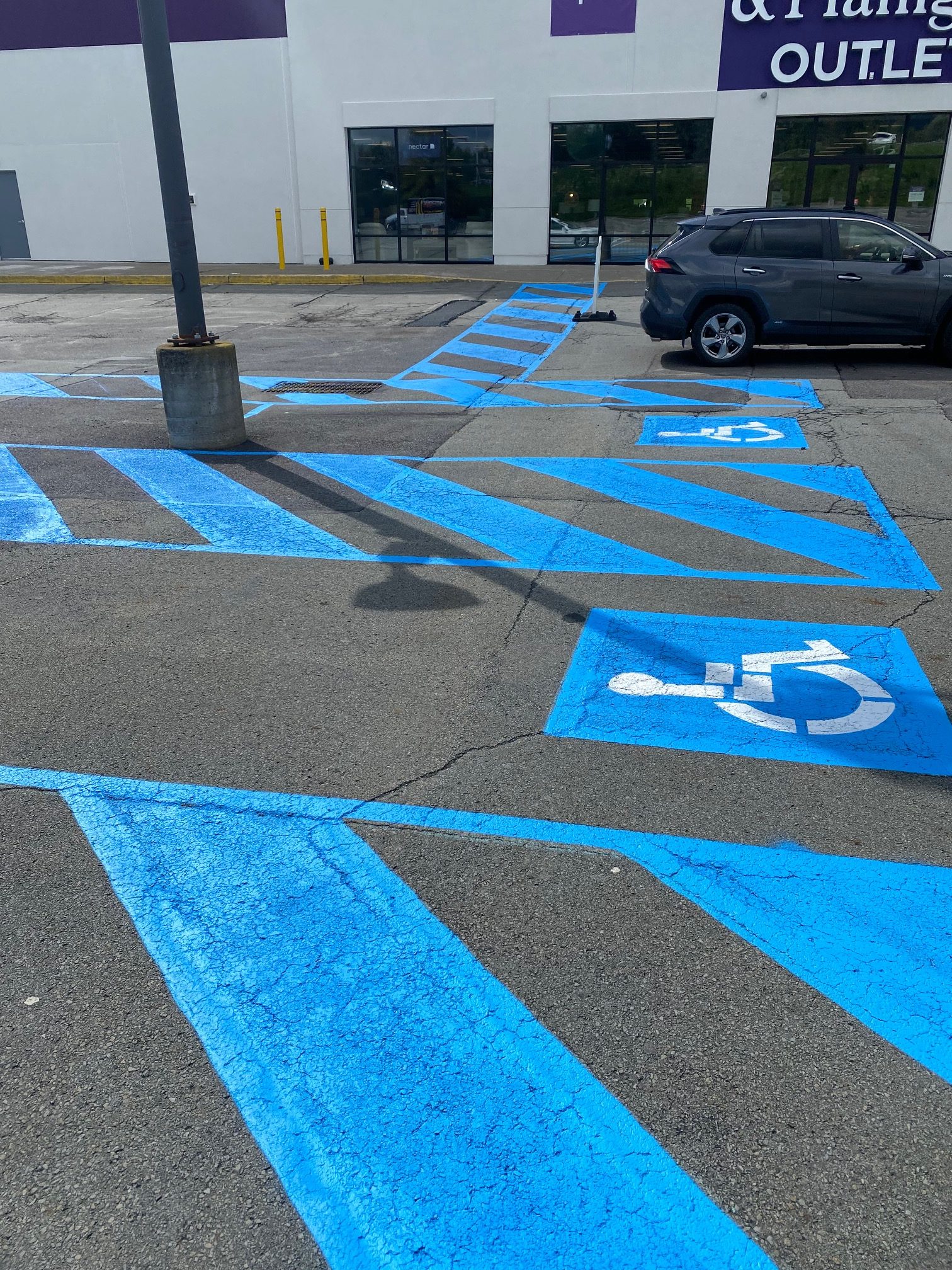When Germantown Friends School in Philadelphia, PA, embarked on renovating its grounds, the facility manager knew the safety and functionality of its parking lot were the most important. With the daily hustle of drop-offs, pickups, and pedestrian traffic, only a top-notch asphalt installation would do. This is where Associated Paving Contractors Inc. (APCON), a leading commercial paving contractor based in Warminster in the Philadelphia area, stepped in, ready to transform the school’s pavement into a safe and efficient space.
APCON: Your Solution for High-Quality Parking Lot Paving
APCON’s expertise in parking lot paving was exactly what Germantown Friends School needed. From the initial consultation to the final line striping, our team of experienced professionals demonstrated why they are the go-to for commercial asphalt in Philadelphia and beyond.
The project began with a detailed assessment of the site, where APCON identified the specific needs of the school’s parking lot. Understanding the importance of safety for children, staff, and parents alike, the team devised a comprehensive plan for a durable and resilient asphalt installation that would meet the high-traffic demands of the school environment.
Our Process: Transforming the School’s Parking Lot

Next came the asphalt installation, where high-quality materials were laid down to create a smooth and durable surface. The APCON team used state-of-the-art equipment to ensure an even and compact asphalt layer, essential for withstanding vehicular and pedestrian traffic’s daily wear and tear.
Finally, APCON provided line striping services, carefully marking parking spaces, and drop-off zones, and pedestrian pathways. This enhanced the property’s safety and navigability and contributed to the overall visual appeal of the school’s renovated facilities.
For Germantown Friends School, the new parking lot paved by Associated Paving Contractors Inc. meant more than improving their property’s appearance. It represented a safer environment for everyone who steps onto the school grounds, a durable solution capable of withstanding the rigors of daily use, and an investment in the school’s future.
Ready for a Transformation of YOUR Pennsylvania Property?
If you’re a local property owner in Philadelphia looking for reliable parking lot paving services, look no further than Associated Paving Contractors Inc. With a track record of excellence and a commitment to customer satisfaction, APCON is ready to tackle your project next.
Contact us to schedule your consultation! Enhance your property’s safety, functionality, and appearance with APCON’s expert parking lot paving services.



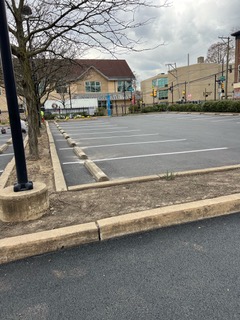




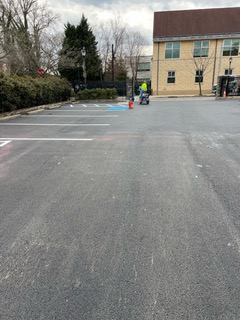


 When a commercial property owner in Hatboro, PA, noticed significant issues plaguing their parking lot, they contacted
When a commercial property owner in Hatboro, PA, noticed significant issues plaguing their parking lot, they contacted 












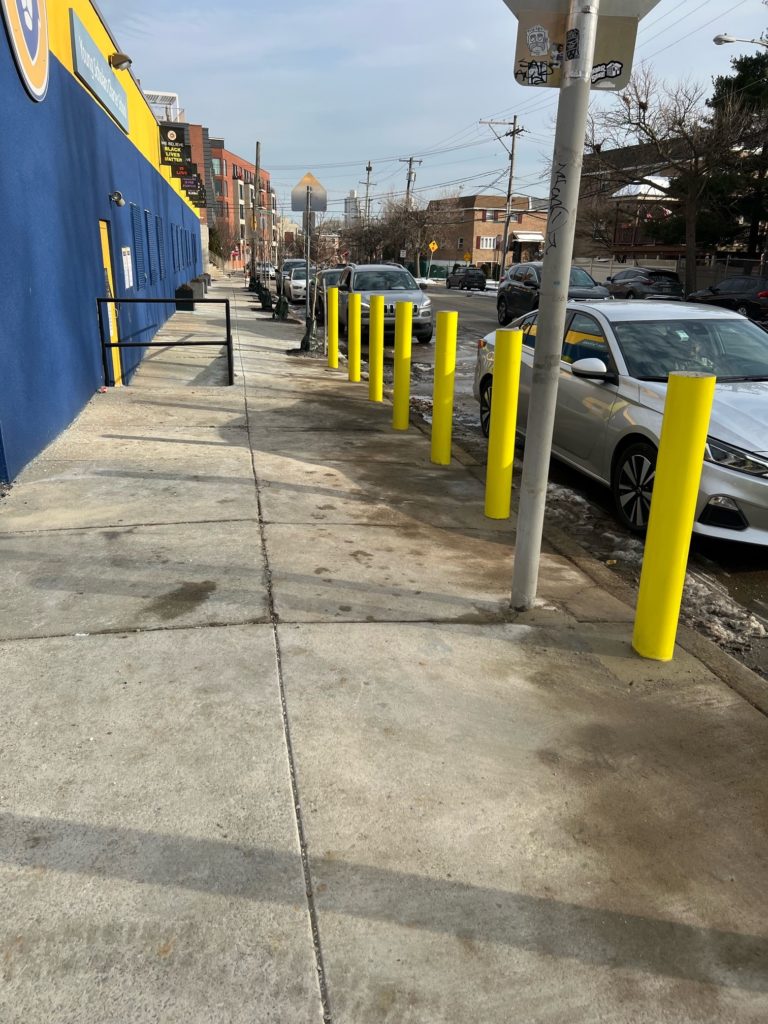






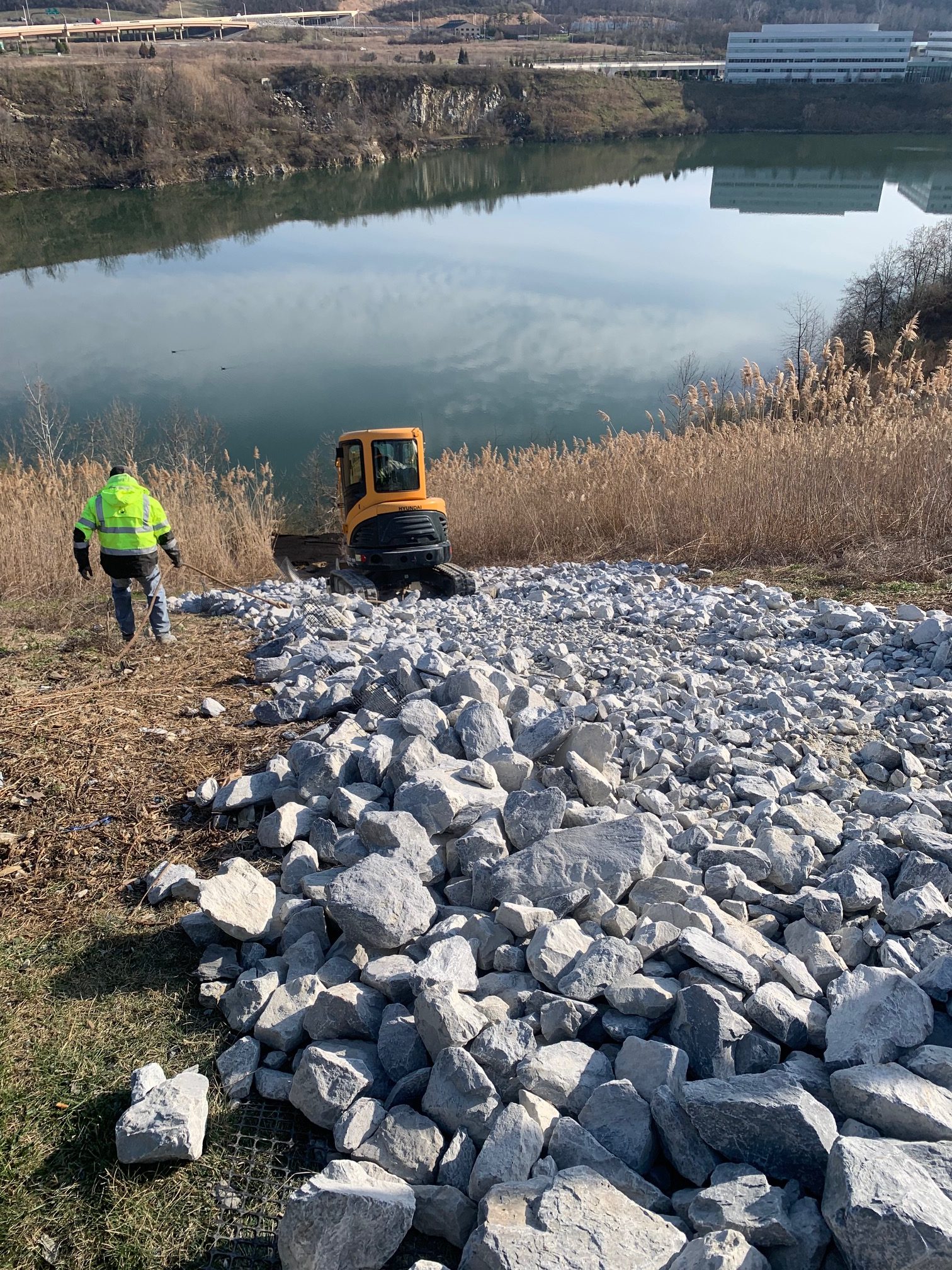
 Need asphalt paving during a cold Pennsylvania winter? Recycled Hot Mix Asphalt from Associated Paving Contractors is the answer!
Need asphalt paving during a cold Pennsylvania winter? Recycled Hot Mix Asphalt from Associated Paving Contractors is the answer!